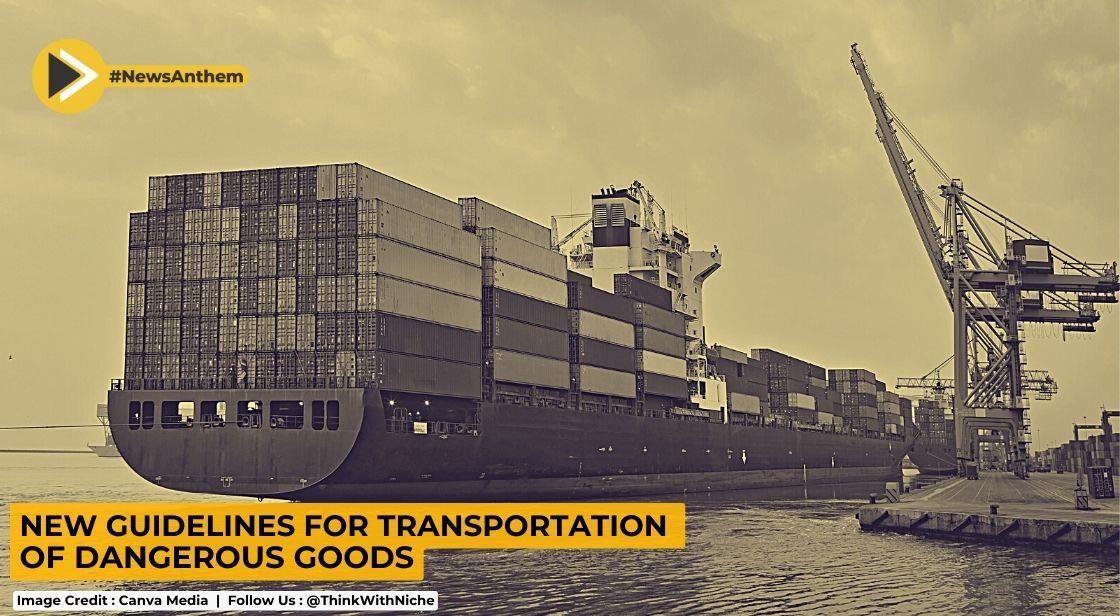Bureau Of Indian Standards Releases New Guidelines For Transportation Of Dangerous Goods

News Synopsis
To improve safety in the transportation of dangerous, hazardous goods that pose a threat to the public's safety, property, and environment, the Bureau of Indian Standards has released new guidelines.
The guidelines outline in great detail the safety measures that must be implemented when handling, transporting, and packing such hazardous goods.
The rules apply to all parties involved, including owners of vehicles, transportation companies, contractors, consignors, consignees, operators, and drivers.
According to an official announcement, the 'IS 18149:2023- Transportation of Dangerous Goods-Guidelines', developed "IS 18149:2023- Transportation of Hazardous Goods-Guidelines," which was just released.
The new guidelines are anticipated to set a higher standard for the secure handling and cross-country transportation of hazardous items.
"With the aim of standardizing the transportation practices, the BIS guidelines will help ensure that hazardous goods are transported in a safe and secure manner, reducing the risk of accidents and potential harm to people and the environment," according to the statement.
A risk to the environment, property, and public safety exists when substances or goods have explosive, flammable, toxic, infectious, or corrosive properties.
These products must be transported while taking the necessary precautions to guarantee their complete security and safety.
Hazardous products can be transported by land, sea, waterways, rail, or even air, however, due to the sensitivity and risk factors involved, special safety measures must be implemented.
They include careful conditioning and packaging, precise handling procedures during transportation, and training and development for those who handle and transport this category of commodities.
BIS has offered standards for categorization, packing, labeling, marking, handling, recordkeeping, stakeholder roles, training, transportation, emergency response, and segregation measures.
Explosives, gases, flammable liquids, flammable solids, oxidizing substances, organic peroxides, poisonous and infectious substances, radioactive substances, corrosive substances, and other various harmful substances are among the dangerous items included in the standard.
This standard is designed to establish rules for all parties involved in the safe transportation of dangerous commodities, including vehicle owners/transport companies, contractors, consignors, consignees, operators, and drivers.
You May Like









